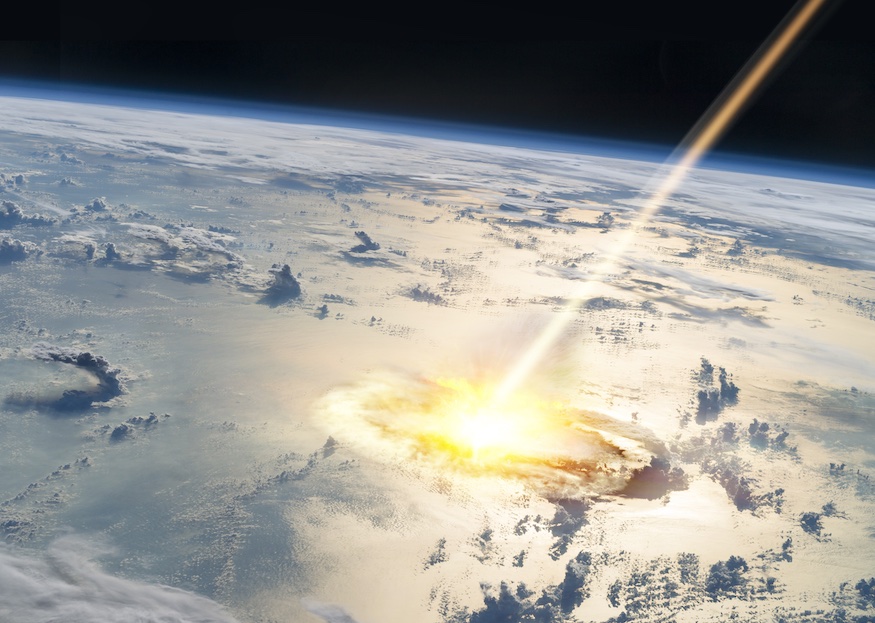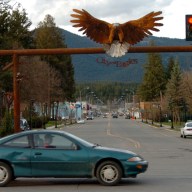NASA simulated a fictitious asteroid disaster scenario that kills millions, levels Manhattan, and drums up nostalgia for catastrophe movies like the 1998 hit “Armageddon.”
The simulation program was a part of the White House’s “National Near-Earth Object Preparedness Strategy and Action Plan,” which pinpointed possible locations in the Eastern United States or in the briny depths of the Atlantic Ocean, where a “highly unlikely” worst case scenario occured.
“These exercises have really helped us in the planetary defense community to understand what our colleagues on the disaster management side need to know,” NASA’s Planetary Defense Officer Lindley Johnson said in a statement. “This exercise will help us develop more effective communications with each other and with our governments.”
Facing 1 in 10 chances, a 140 to 260 meter-long asteroid crashed in the Earth’s atmosphere over Denver, Colorado.
NASA gave 200 assembled scientists, engineers and emergency services specialists of the International Asteroid Warning Network the equivalent of eight years to build six “kinetic impactor” rockets intended to hit the asteroid with enough force to divert it from its course. Factoring the human elements like production and troubleshooting, experts estimate that the “impactors” would be ready to launch in August 2024.
The impactors successfully hit their target, but all was not well. A massive piece of the asteroid splintered off and set its course for Manhattan. The simulated asteroid detonated 15 km above New York’s Central Park with the force of 1,000 Hiroshima nuclear bombs, reducing everything within a 15 km radius to rubble.
In the end, the only realistic way to save New Yorkers was to evacuate the city.
“Two months may not be enough time to really evacuate, because you’re evacuating people who are stuck, who have to rebuild their lives where they’re going,” Brandy Johnson, who played the part of an “angry citizen” in the exercise, said. “You’re going to have fleets of U-hauls.”
On Feb. 15, 2013 an asteroid over Chelyabinsk, Russia collapsed building walls, shattered windows, reportedly injured over 1,000 people, was not detected by any system prior to atmospheric entry. This pushed Aerospace Corporation and NASA Headquarters and FEMA start considering asteroid events and the aftermath of a short warning.
But since its inception, the “Planetary Defence” simulation program isn’t exactly batting a thousand when it comes to taxpayer funded real-time Atari games. There have been six Near Earth Object simulations, three of which were held at Planetary Defense Conferences. In 2013, Frascati, Italy was wiped off the face of the planet. While Tokyo was saved in 2017, the prospects look grim for NYC in 2019.
“Bringing together the disaster management community and the scientific community is critical to preparing for a potential asteroid impact in the future,” Response Operations Division for FEMA member Leviticus Lewis said in a statement. “This exercise is valuable in that it continues the work currently in progress to identify key questions and issues for this low probability but high consequence scenario.” The next simulation will be held in 2021.

















